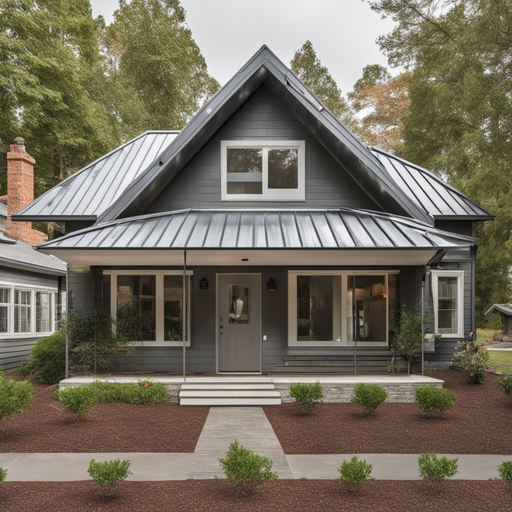Are You Dazed by Roofing Costs
If you’re bewildered by residential roofing cost estimates, you’re not alone. It may feel like you’re juggling figures amidst an onslaught of asphalt shingle stats and slate price points. But don’t panic yet. With this nifty guide, you’ll master the secrets of cost-effective roofing, discover cheap residential roofing solutions, and step off that dizzying heights of roofing costs. Come along, let’s climb down your roof estimation woes.
Unraveling the Labyrinth of Residential Roofing Costs
According to HomeAdvisor, the average American homeowner forks out about $7,851 for roof installation or replacement. So if your wallet shudders between this typical range of $5,348 and $10,708 – fret not. It’s normal. However, understand that roofing isn’t a realm for skimping. High-end materials like slate are a significant investment, driving the roofing bill to around $75,000. Now that’s clearly worth a whole army of piggy banks.
The Magic of Asphalt Shingles
In a world of roofing materials where variety reigns, asphalt shingles wear the crown for being the most cost-effective. The Balance Small Business’ report shows that replacing your roof with asphalt shingles could run you around $80 to $100 per square (here’s a nugget – a square is roofing shorthand for 100 square feet!). And that’s including labor costs and materials. In the grand scheme of roofing, where metal or tile roofs can set you back anywhere from $150 to $900 per square, this is a steal. So, choosing asphalt shingles can effectively put a leash on your runaway roofing expenses.
Riding the Roof Life Timeline
Pay heed to the wisdom of the National Association for Home Builders. The average roof lifespan is between 20 to 30 years. While that sounds like an eternity now, you’d be wise to start squirrelling away for future replacement costs or unexpected repairs within that time frame. After all, nobody ever regretted being prepared for a rainy (or roofing) day.
Scaling Down Roofing Costs: A Step by Step Guide
Roof costs got your pulse through the roof? Let’s roll up our sleeves and put up a good fight against sky-high expenses. Follow this simple step by step guide to make your roof cost wrestle a piece of cake.
Step 1: Know Your Roof
Grasp your roof characteristics like its age, condition, pitch, and the materials used. It’s your roof, after all, and knowing these facts can significantly help determine a realistic cost estimate.
Step 2: Do Some Homework on Materials
Delve into the pros and cons of different roofing materials. Gather price quotes for comparison and don’t be shy about asking potential roofers endless questions.
Step 3: Stalk the Weather
Scheduling your project outside of peak seasons might help you snag a decent discount. So, keep an eye on weather patterns. Remember, there’s always a silver lining in those clouds.
Step 4: Consult Professionals
Roofing isn’t a DIY task. Always seek professional advice. An expert can give you a detailed price evaluation for home roofs and tips on economizing on house roofing projects.
FAQs
1. How to cut corners on residential roofing costs?
Be smart about the materials you choose and the timing of your project. Regular maintenance and identifying minor issues before they explode into big ones can also save you substantial costs in the long run.
2. What is the most affordable housing roof?
Asphalt shingles are a popular and affordable choice, providing excellent protection.
3. How often should I invest in a new roof?
Depending on the type of your roof and environmental factors, a typical roof should last between 20-30 years.
Act Now, Save Later
While roof costs can seem like they’re rocketing through the stratosphere, sensible planning, realistic budgeting, and a solid understanding of materials and labor costs can bring it back to a terrain you can handle. Acquiring this knowledge today is the first step towards future savings. So, put on your roofing boots, grab this guide, and confidently march down the path to affordable and durable roofing. Remember, a sturdy and reliable roof is not about spending big. It’s about spending smart.





